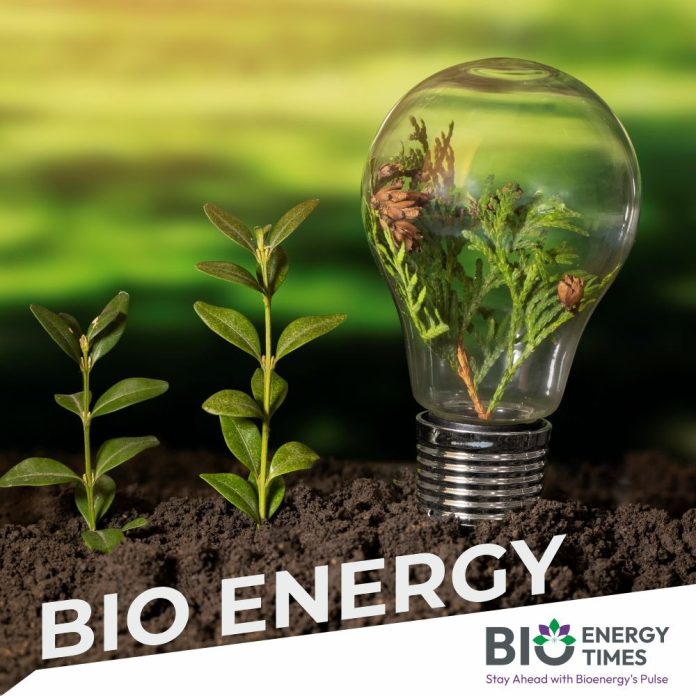India is making strong progress in moving towards cleaner and more diverse energy sources. The country is focusing more on renewable energy, bioenergy, nuclear power, and better ways to store electricity. By February 2025, nearly half—47.4 percent—of India’s total electricity generation capacity is coming from sources that do not use fossil fuels. This includes 21.8 percent from solar power, 10.3 percent from wind, 10 percent from water-based (hydropower), and 1.7 percent from nuclear energy, reports Bizz Buzz.
The country is increasing solar power production through large-scale projects as well as smaller local setups. Under government schemes, 55 solar parks have been approved across 13 states with a total capacity of about 39.9 gigawatts. Out of this, 12.2 gigawatts had already started supplying power by December 2024. States like Tamil Nadu, Gujarat, Maharashtra, and Karnataka continue to lead in wind energy development.
To increase the use of solar energy in farming, the government is running the PM-KUSUM scheme. The goal is to add nearly 35 gigawatts of solar capacity by March 2026. This includes building small solar plants on unused land, setting up solar-powered water pumps that don’t need the grid, and converting regular agricultural pumps to solar. By March 2025, more than 770,000 stand-alone pumps had been installed and around 330,000 grid-connected pumps had been converted to solar.
The PM Surya Ghar Muft Bijli Yojana is also bringing solar electricity to homes. It aims to provide solar power to 1 crore (10 million) households by March 2027. At the same time, other new government schemes are working to bring electricity to 1 lakh (100,000) tribal and remote homes across more than 63,000 villages. These programs are also setting up solar lights for 1,500 community centers and adding solar panels to 2,000 public buildings.
To develop wind energy at sea, the government has introduced a special funding plan with a budget of ₹7,453 crore. This includes ₹6,853 crore for building wind power projects in Gujarat and Tamil Nadu, and ₹600 crore to improve port facilities. To make sure electricity from these new sources reaches people, the Green Energy Corridor project is improving power lines and substations. The first phase has already added over 9,000 kilometers of power lines and more than 21,000 MVA of substation capacity. The second phase is now underway in seven more states.
Even as clean energy use grows, coal-based power still plays a key role in meeting the country’s daily electricity needs. The government is working to make coal plants more efficient by using advanced technologies that use less fuel and cause less pollution. This helps make the shift to clean energy smoother.
The National Bioenergy Programme is helping turn waste into energy through projects that use agricultural and other types of organic waste. As of December 2024, the country had about 9.8 gigawatts of biomass power capacity and around 0.92 gigawatts of off-grid biogas capacity. Meanwhile, under the National Green Hydrogen Mission, India plans to produce 5 million metric tonnes of hydrogen made from clean energy every year by 2030. So far, projects with a production capacity of 412,000 tonnes and equipment making capacity of 3,000 megawatts have been approved.
The government also launched the Nuclear Energy Mission in the 2025–26 Union Budget, with a budget of ₹20,000 crore. The mission aims to develop smaller nuclear reactors within the country and raise total nuclear power capacity to 100 gigawatts by the year 2047.
On the household energy front, India has nearly achieved complete access to clean cooking fuel through the Pradhan Mantri Ujjwala Yojana, which has improved the quality of life in many homes.
The government is also working to make industries use energy more efficiently. Since 2012, the Perform Achieve and Trade (PAT) scheme has helped industries reduce energy use by setting targets. By March 2023, the scheme had saved about 26 million tonnes of oil and reduced carbon emissions by over 70 million tonnes. In 2022, a new law introduced a system that lets energy-intensive industries earn and trade carbon credits for using less energy. This covers sectors such as aluminium, cement, and steel.
Efforts are also being made to make buildings and appliances more energy-efficient. The UJALA program has encouraged people to use LED lights, while building codes are setting new energy standards for homes and offices. The government’s star-rating program helps people choose appliances that use less electricity. All new government buildings now also follow green construction rules under the GRIHA system.
These wide-ranging efforts, explained in the Ministry of Finance’s Draft Framework of India’s Climate Finance Taxonomy, show the country’s growing commitment to a cleaner and more sustainable energy future.














